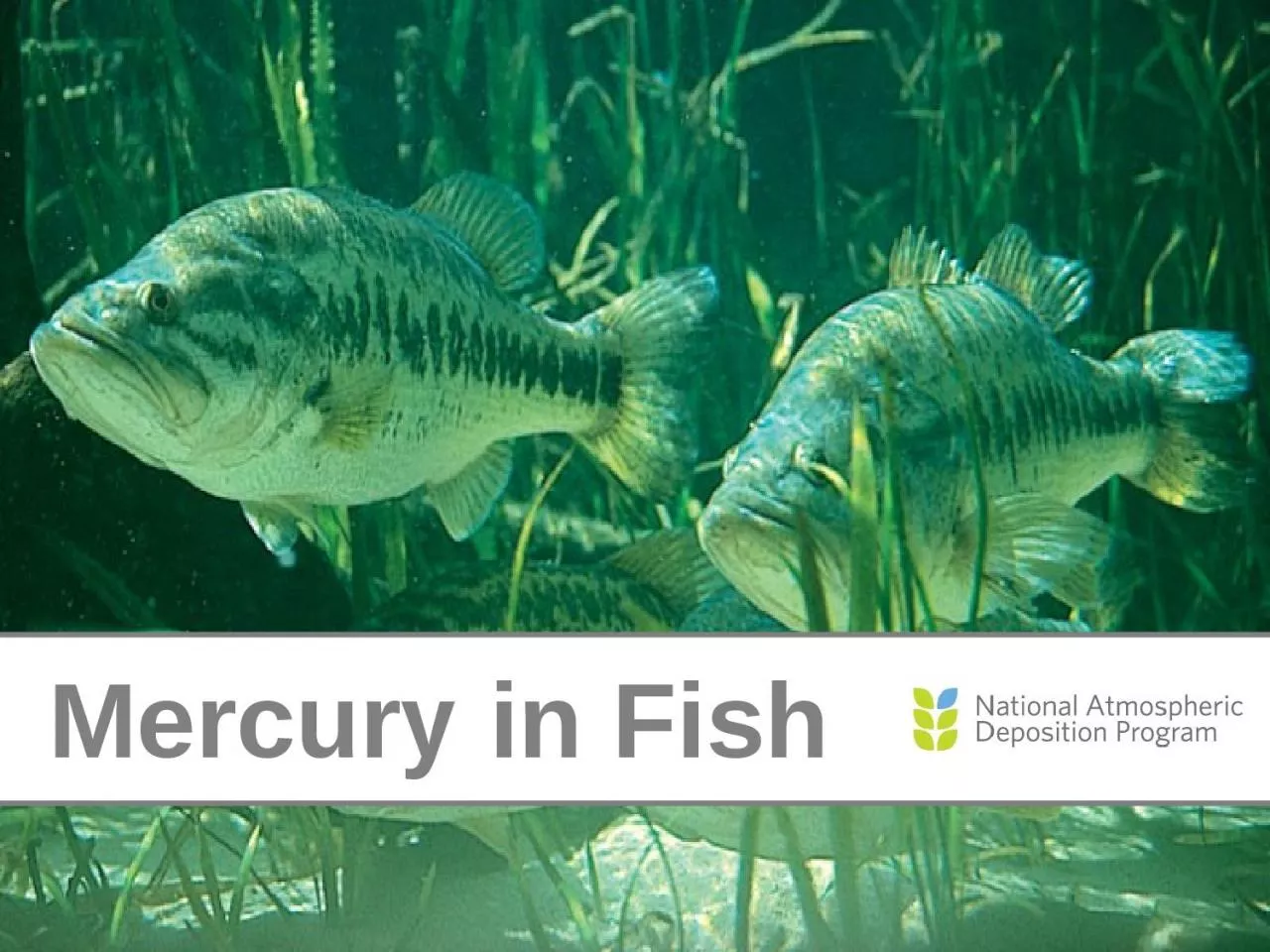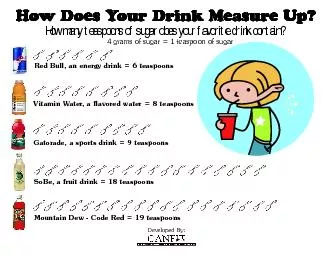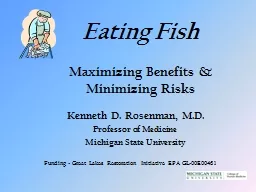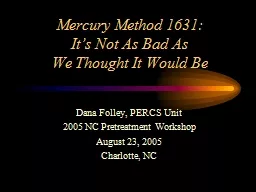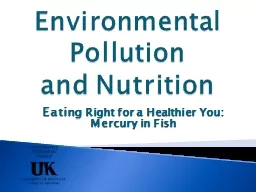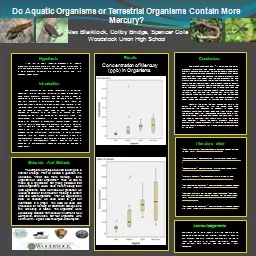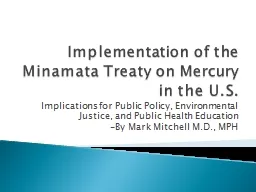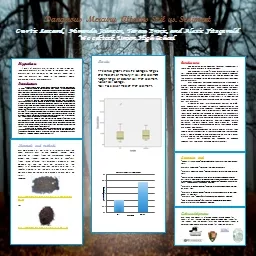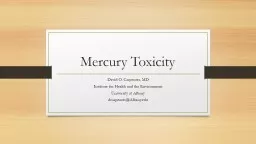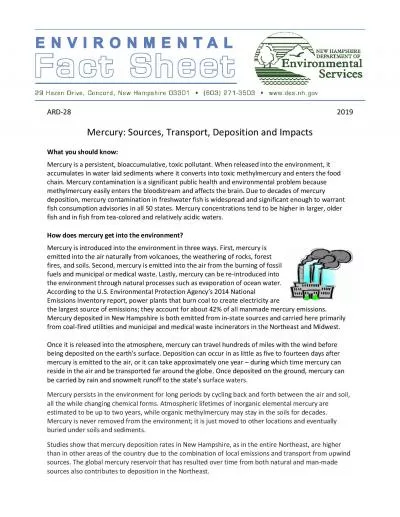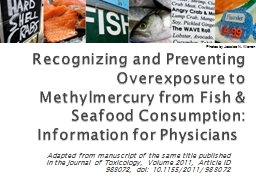PPT-Mercury in Fish Where Does Mercury Come From?
Author : obrien | Published Date : 2024-03-13
Natural Sources Soils and rocks Wildfires ManMade Sources Burning coal and medical waste Manufacturing chemicals Rain and snow wash mercury out of the environment
Presentation Embed Code
Download Presentation
Download Presentation The PPT/PDF document "Mercury in Fish Where Does Mercury Come..." is the property of its rightful owner. Permission is granted to download and print the materials on this website for personal, non-commercial use only, and to display it on your personal computer provided you do not modify the materials and that you retain all copyright notices contained in the materials. By downloading content from our website, you accept the terms of this agreement.
Mercury in Fish Where Does Mercury Come From?: Transcript
Download Rules Of Document
"Mercury in Fish Where Does Mercury Come From?"The content belongs to its owner. You may download and print it for personal use, without modification, and keep all copyright notices. By downloading, you agree to these terms.
Related Documents

